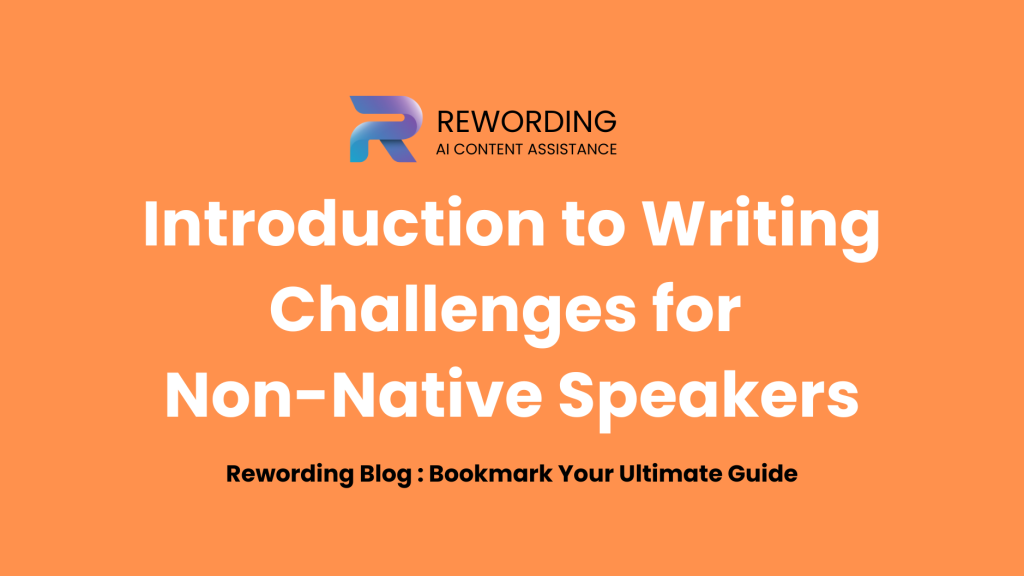Go Premium
Go Premium
Adverbs Usage: Easy Guide, Rules & Examples
Ate Jiselle
Posted Tue, Mar 19, 2024 2:27 PM
Language and Usage Verbs
Adverbs are like spices for your sentences. They add flavor and detail, making your words more interesting. But just like too much spice can ruin a dish, using adverbs wrong can mess up your writing. This guide will show you how to use adverbs in a way that makes your writing better, not worse. Whether you’re working on school papers, stories, or just talking, knowing how to use adverbs well can make a big difference.
What Are Adverbs?
Think of adverbs as the words that change how something is done. They can tell us how, when, where, and how much. For example, if you say, “She sings beautifully,” the adverb ‘beautifully’ shows us how she sings. It gives us a clearer picture and helps us imagine her singing.
Adverbs vs. Adjectives
It can be tricky to tell adverbs and adjectives apart sometimes. Adjectives describe things or people, like “a fast car” or “a happy camper.” Adverbs usually change how actions happen, like “runs fast” or “laughs loudly.” Remember, adjectives describe nouns (things or people), and adverbs describe verbs (actions), adjectives, or other adverbs.
Examples of adverbs
Adverbs can do a lot of different jobs. They can:
- Show how much: “He almost won.” (‘Almost’ tells us how close he was to winning.)
- Tell us when: “She’ll visit soon.” (‘Soon’ tells us when she’ll visit.)
- Describe how: “They danced wildly.” (‘Wildly’ shows us the way they danced.)
How to Use Adverbs
Here are some tips for using adverbs the right way:
- Where to put them: You can put adverbs in different places in your sentences. Where you put them can change what your sentence means.
- Don’t use too many: Only use adverbs when they add something new. If the action is already clear, you don’t need an adverb.
- Making adverbs: Many adverbs end in ‘-ly’ like ‘quickly’ or ‘happily.’ But there are exceptions, so watch out!
Using Adverbs the Right Way
Using adverbs the right way is about making your writing clearer and more fun to read. It’s not just about rules. For example, saying “He ate very quickly” adds to our understanding of how he ate. But saying “He ran quickly” might be unnecessary because ‘ran’ already shows speed.
By learning to use adverbs well, you’re learning to be a better writer. You’ll be able to show your readers exactly what you mean and make your stories and essays more vivid and exciting. So next time you’re writing, think about how adverbs can add to your sentences. And remember, the best writing makes the reader feel like they’re right there with you.

Important Things to Understand
What is an adverb?
An adverb is a word that changes or adds to the meaning of a verb, an adjective, another adverb, or even entire sentences. It can tell us how, when, where, or how much something happens. For example, in “She sings beautifully,” ‘beautifully’ is the adverb that tells us how she sings.
Can an adverb change a noun?
No, adverbs do not change nouns. That’s the job of adjectives. Adverbs mostly modify verbs, adjectives, and other adverbs. For example, “The very tall man” uses ‘very’ to modify the adjective ‘tall,’ not the noun ‘man.’
How do you find an adverb in a sentence?
Look for words that end in ‘-ly,’ as they’re often adverbs. Also, ask yourself if the word tells you how, when, where, or how much about an action. For example, in “He quickly ran to the store,” ‘quickly’ tells you how he ran, making it an adverb.
Do all adverbs end in ‘-ly’?
No, not all adverbs end in ‘-ly.’ There are many exceptions. Words like ‘very,’ ‘too,’ ‘quite,’ and ‘well’ are adverbs without ‘-ly.’ And some words like ‘fast’ and ‘hard’ can be both adjectives and adverbs, without changing form.
Can the same word be an adjective and an adverb?
Yes, some words can be both, depending on their use in a sentence. For example, ‘fast’ is an adjective in “a fast car” (describing the car) and an adverb in “he runs fast” (describing how he runs).
Why is it important to use adverbs correctly?
Using adverbs correctly can make your writing clearer and more expressive. It helps you add detail and depth to your sentences, making them more interesting and informative for the reader.
How can I improve my use of adverbs?
Read a lot and pay attention to how adverbs are used in different contexts. Practice writing sentences with adverbs and ask for feedback. Also, consider the adverb’s placement in your sentence and whether it really adds to the meaning you want to convey.
By understanding and applying these FAQs, you can enhance your grasp of adverbs and their usage, making your writing more vivid and precise.
Enhance Your English Writing Skills with Rewording.io Assistance

As we’ve explored the significance of adverbs in enriching your writing, it’s clear that achieving the right balance and precision can sometimes be challenging. Whether you’re aiming to write compelling stories, articulate academic papers, or simply communicate more clearly, adverbs play a pivotal role. To further hone your skills and ensure your writing stands out, consider leveraging the capabilities of Rewording.io.
Rewording.io is designed to assist writers in refining their prose, offering suggestions that can help rephrase sentences for better clarity, coherence, and impact. It can be particularly useful in:
- Suggesting more appropriate adverbs that fit the context of your sentence,
- Helping avoid overuse or misuse of adverbs, ensuring your writing remains crisp and engaging,
- Providing alternatives that might better convey your intended message or emotion.
